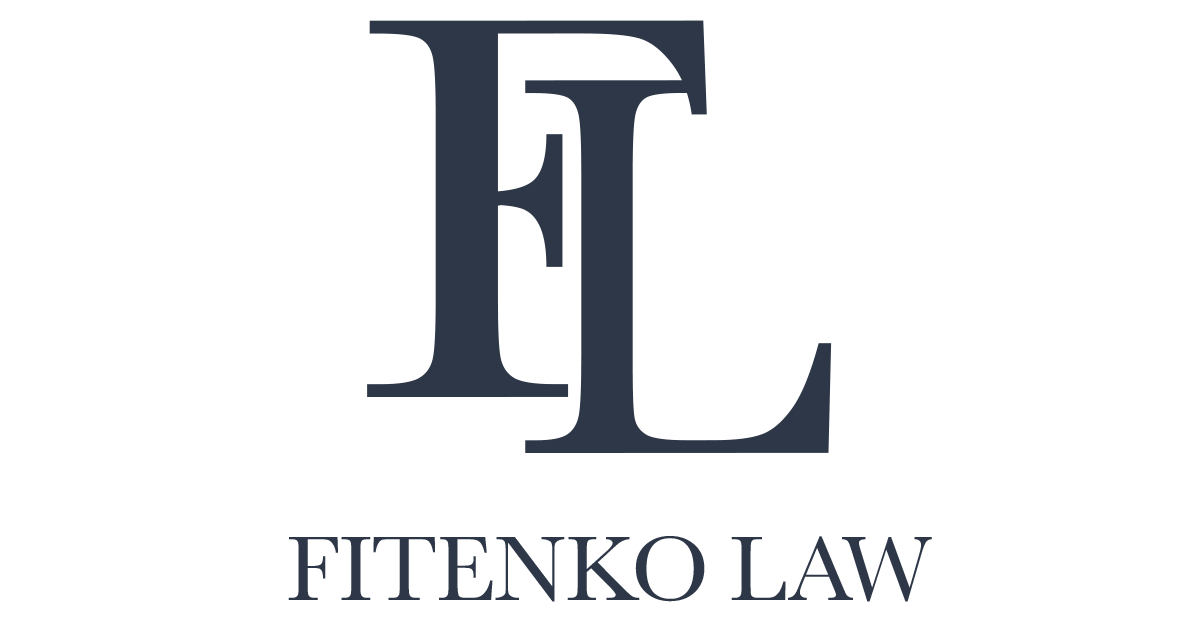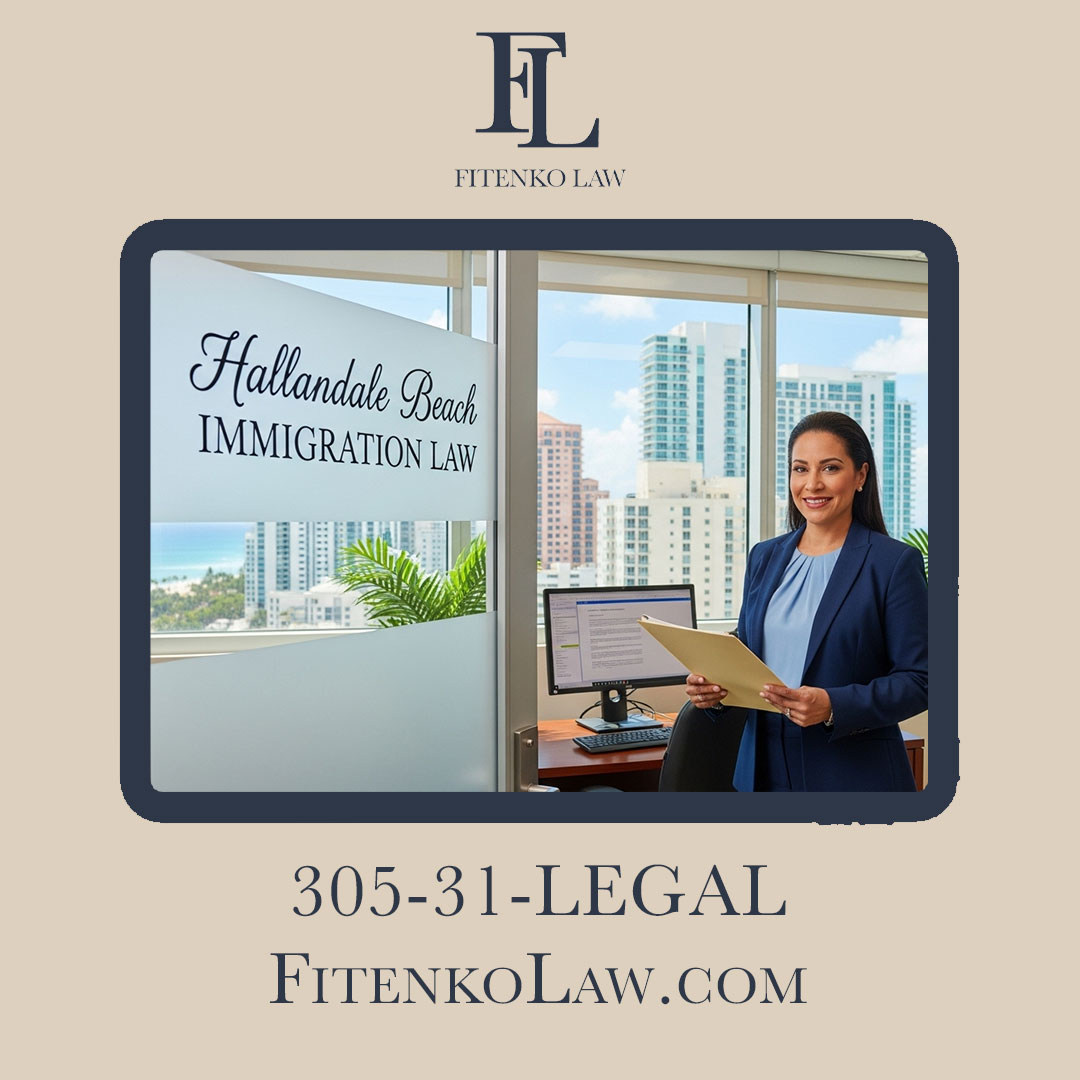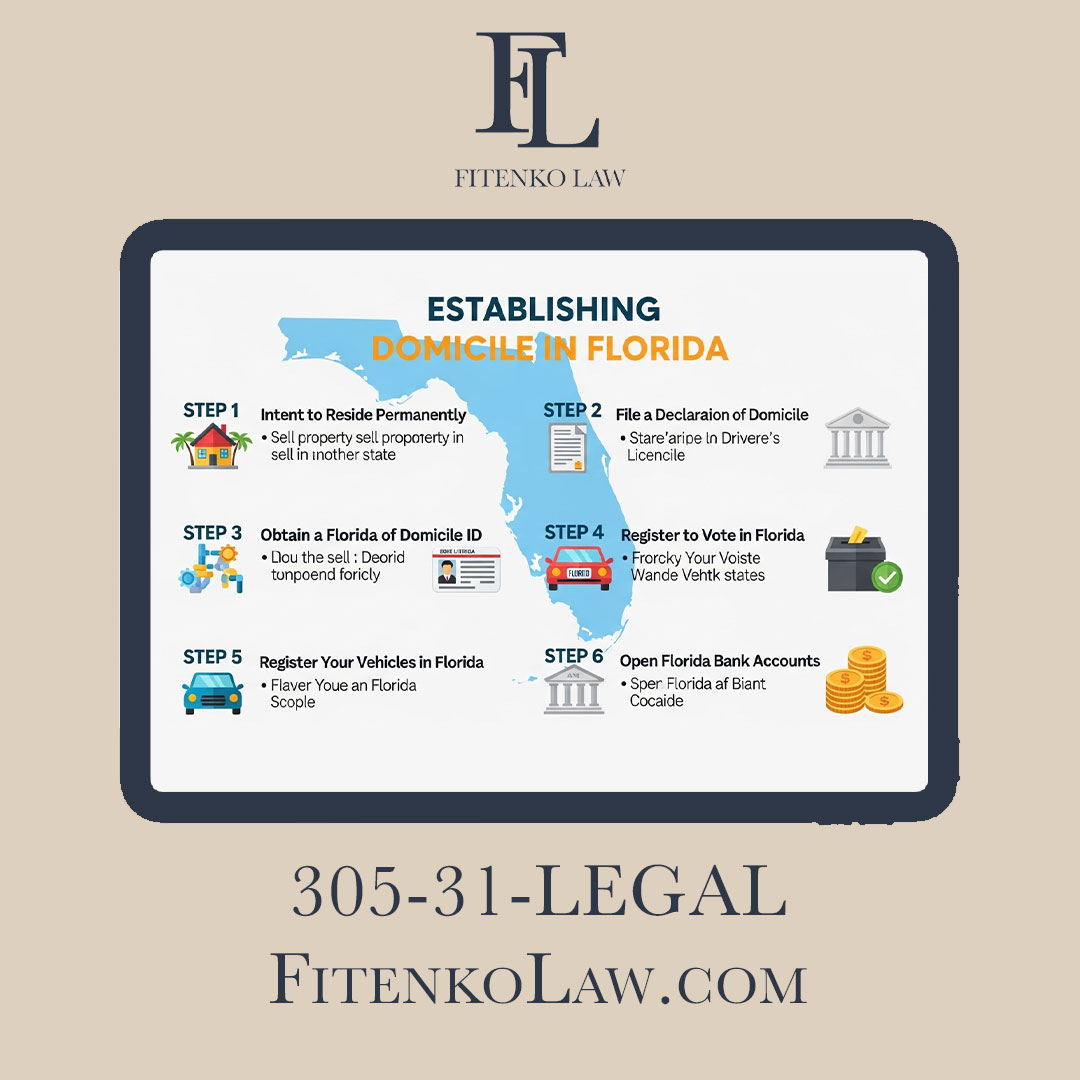Your Guide to U.S. Employment-Based Immigration
South Florida stands as a beacon of economic vitality, attracting top-tier talent and ambitious businesses from across the globe. The region’s dynamic industries, from technology and finance to healthcare and international trade, create a fertile ground for professional growth and corporate expansion. For foreign professionals seeking to build a career in the U.S. and for companies looking to hire the best and brightest, navigating the complex web of U.S. employment-based immigration is the critical first step. This journey, however, is laden with intricate rules, strict deadlines, and evolving policies that demand expert legal guidance.
At Fitenko Law, a premier boutique law firm in Hallandale Beach, we serve as strategic partners to both employers and employees throughout this process. We understand that securing a work visa or an employment-based green card is more than a legal transaction; it is a foundational element of personal and corporate success. Our comprehensive expertise in immigration law is uniquely enhanced by our integrated practices in real estate and estate planning. This allows us to provide holistic support to clients in communities like Aventura, Sunny Isles, and beyond. This guide will provide a detailed roadmap to the U.S. employment-based visa system.
The Core Principle: Employer Sponsorship
The vast majority of employment-based immigration paths are predicated on a fundamental principle: employer sponsorship. A U.S. company must be willing to petition on behalf of a foreign worker, demonstrating to the U.S. government that the individual meets the specific requirements of a visa category and, in many cases, that there are no qualified U.S. workers available for the position. This places a significant legal and administrative responsibility on the employer.
It is also essential to distinguish between the two main types of employment-based pathways:
- Non-Immigrant Visas: These are temporary visas that grant the right to work in the U.S. for a specific period, for a specific employer, and in a specific role. Examples include the H-1B, L-1, and O-1 visas.
- Immigrant Visas (Green Cards): These grant lawful permanent residency, allowing an individual to live and work for any employer in the U.S. indefinitely. This is a much longer and more complex process, often starting with a temporary visa.
Understanding which path is appropriate for your situation is the first step in building a successful strategy. The team at Fitenko Law provides the clarity and foresight needed to make these critical decisions. Contact us today for a strategic consultation.
Key Non-Immigrant Work Visas: The Building Blocks of a U.S. Career
For most professionals, the journey begins with a temporary, non-immigrant work visa. These visas serve as the essential building blocks, allowing individuals to enter the U.S., begin their employment, and often, lay the groundwork for a future green card application. Each visa has a distinct purpose and a unique set of requirements.
The H-1B Visa: For Professionals in Specialty Occupations
The H-1B visa is arguably the most well-known work visa in the United States. It is designed for professionals coming to the U.S. to perform services in a “specialty occupation.” A specialty occupation is one that requires the theoretical and practical application of a body of highly specialized knowledge and which typically requires a bachelor’s degree or higher in a specific field as a minimum for entry into the occupation.
The core requirements for an H-1B visa are twofold:
- The Position: The job itself must qualify as a specialty occupation. Common examples include software engineers, architects, financial analysts, doctors, and marketing managers.
- The Beneficiary: The foreign worker must possess the required qualifications, which usually means holding a relevant U.S. bachelor’s degree or its foreign equivalent. In some cases, work experience can be substituted for education.
The greatest challenge with the H-1B visa is the annual statutory cap. Congress has limited the number of new H-1B visas to 85,000 per year. Demand far exceeds this supply, necessitating a lottery system each spring. This makes the H-1B process highly competitive and uncertain. Our firm helps businesses in communities like Aventura navigate this lottery and prepare petitions that stand the best chance of approval.
The H-1B Process in Detail
The H-1B season begins with the employer registering the potential employee in the online lottery system in early March. If selected in the lottery, the employer then has 90 days to file a full H-1B petition with USCIS. A critical preliminary step is the filing of a Labor Condition Application (LCA) with the U.S. Department of Labor. In the LCA, the employer attests that it will pay the foreign worker the required prevailing wage for the position in that geographic area and that the employment will not adversely affect the working conditions of U.S. workers. Precision and timing are everything in the H-1B process.
The L-1 Visa: For Intracompany Transferees
The L-1 visa is a powerful tool for multinational corporations seeking to transfer key employees from a foreign office to a U.S. branch, subsidiary, affiliate, or parent company. This visa is essential for global businesses looking to expand their footprint into the U.S. market, particularly in international hubs like South Florida.
The L-1 visa has two main subcategories:
- L-1A for Executives and Managers: This is for high-level employees who will have significant managerial or executive responsibilities in the U.S. office. The L-1A offers a maximum stay of seven years and provides a direct, highly advantageous path to a green card.
- L-1B for Employees with Specialized Knowledge: This is for employees who possess unique, advanced, or proprietary knowledge of the company’s products, services, research, systems, or management. The L-1B allows for a maximum stay of five years.
A key requirement for any L-1 petition is that the employee must have worked for the qualifying foreign entity for at least one continuous year within the three years preceding the transfer. Furthermore, the U.S. and foreign entities must have a qualifying corporate relationship.
The “New Office” L-1 Petition
A common scenario we handle is for a foreign company that wants to establish its first U.S. office. This is known as a “new office” L-1 petition. These cases require additional evidence, including a detailed business plan outlining the proposed U.S. operations and proof that a physical premise for the office has been secured. This is where our integrated real estate law services become invaluable, assisting clients with commercial lease agreements. New office petitions are initially approved for only one year, requiring a well-documented extension petition thereafter.
The O-1 Visa: For Individuals of Extraordinary Ability
The O-1 visa is reserved for individuals who have demonstrated extraordinary ability in the sciences, arts, education, business, or athletics, or who have a record of extraordinary achievement in the film or television industry. This visa is for the “best of the best” and is a prestigious pathway for those at the very top of their field. South Florida’s vibrant arts scene, booming tech industry, and status as a hub for international business make it a prime destination for O-1 talent.
Unlike the H-1B, there is no degree requirement and no annual cap for the O-1 visa. The petition must be filed by a U.S. employer or a U.S. agent on behalf of the individual. The core of the case is proving “extraordinary ability,” which is done by meeting at least three of a list of specific evidentiary criteria, such as:
- Receipt of major, internationally recognized awards (like a Nobel Prize or an Oscar).
- Membership in associations that require outstanding achievements.
- Published material about the individual in major media.
- Serving as a judge of the work of others in the field.
- Original, significant contributions to the field.
- Commanding a high salary in relation to others in the field.
Building a successful O-1 case is like telling a story—it requires a masterful presentation of evidence to paint a clear picture of an individual’s elite status. Our attorneys excel at crafting these highly nuanced petitions for clients in communities like





